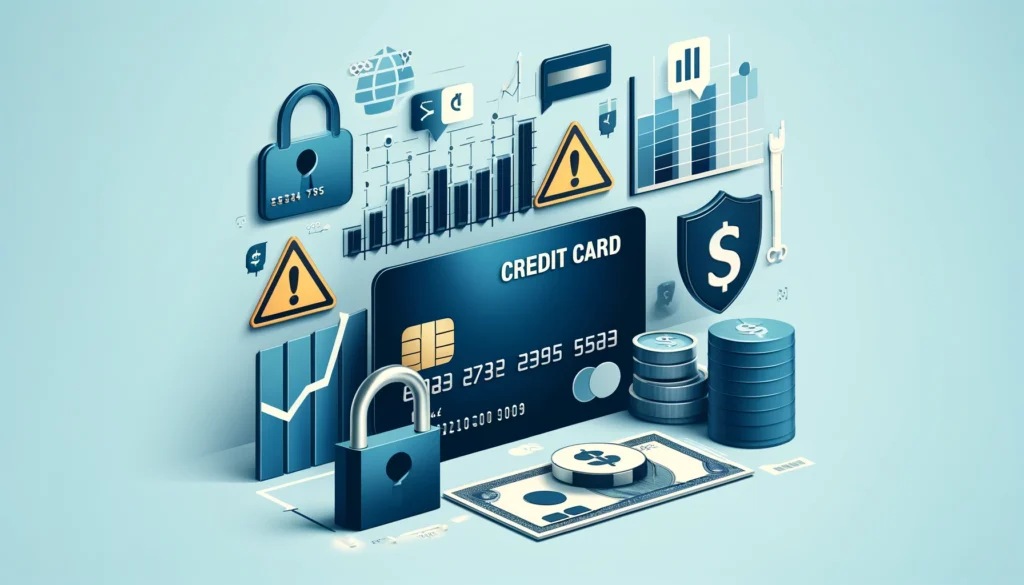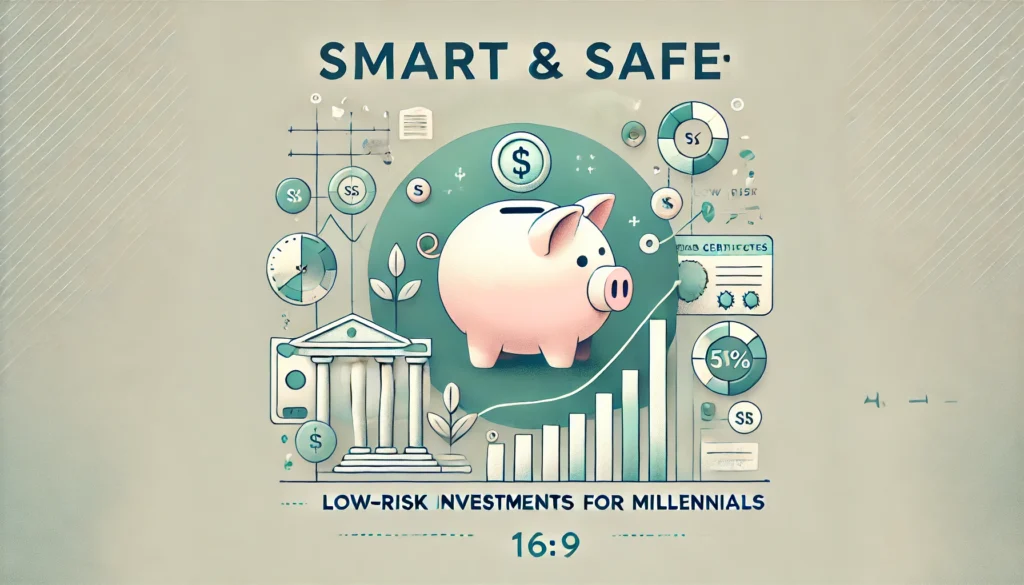Imagine waking up in the morning to discover that, while you slept, you earned money. It’s not a dream, and it’s not reserved for the ultra-wealthy. Passive income streams are accessible to everyday people who plan strategically, invest time or resources up front, and leverage modern tools to make money while you sleep. In 2025, the landscape for generating passive income has evolved drastically, offering new opportunities that combine digital innovation with timeless wealth-building principles.
Whether your goal is to achieve financial independence, pay off debts faster, or simply supplement your salary, passive income can be the key to a more stable financial future. In this article, we’ll explore the most effective strategies, tools, and ideas for building passive income streams in 2025, with tips for choosing the right options based on your lifestyle, skills, and risk tolerance.
1. Understanding Passive Income
What is Passive Income?
Passive income is money you earn from assets, businesses, or investments that require minimal daily involvement. Although no income stream is 100% hands-off at the beginning—every passive stream requires setup, planning, or an initial effort—once established, these ventures can provide recurring revenue with far less ongoing work compared to active income (e.g., a 9-to-5 job or hourly freelance gig).
Why Does Passive Income Matter in 2025?
- Economic uncertainties: The global economy has become more unpredictable, with shifting job markets and rapid advancements in automation. Diversifying your income reduces dependence on a single source of earnings.
- Technological innovation: New technologies, from AI-driven software to e-commerce platforms, make it easier than ever to automate processes and reach global audiences.
- Lifestyle flexibility: Passive income frees up your time, giving you more choices about how to spend your days, travel, or invest in new opportunities.
2. Assess Your Resources and Skills
Before diving into any side hustle or online business idea, take inventory of your resources:
- Time: How many hours per week can you dedicate initially to creating a new income stream? Some streams require more hands-on attention in the early stages.
- Money: Assess your capital. If you have savings, you might explore real estate or dividend investing. If you’re on a tight budget, digital product creation or affiliate marketing may be better low-cost options.
- Skills: Identify unique talents—writing, design, coding, photography, or teaching. These can significantly influence your chosen income stream.
- Network: Your social and professional connections can help accelerate growth—think of business partnerships, referrals, or joint ventures.
By evaluating your resources, you can prioritize which passive income streams align best with your lifestyle and financial goals.
3. Create and Monetize Digital Products
E-Books and Online Courses
Why It Works in 2025
The e-learning market continues to boom, with platforms like Udemy, Skillshare, and Teachable reporting ever-growing numbers of students. Topics ranging from coding tutorials to personal development courses draw millions of global learners every year. Writing an e-book or creating an online course lets you leverage your expertise into an evergreen asset that earns royalties or sales revenue long after initial publication.
Actionable Tips
- Validate your idea: Use keyword research and social media polls to see if there’s an audience for your topic.
- Structure for success: Outline your e-book or course modules with clear learning objectives.
- Leverage multiple platforms: Sell on Amazon Kindle, Apple Books, or create a dedicated course website using platforms like Thinkific.
- Promote effectively: Boost visibility via blogging, YouTube videos, email newsletters, or social media marketing.
Templates and Digital Tools
Why It Works in 2025
In the age of automation, time-saving tools are invaluable. Whether you’re a graphic designer who can create design templates or a coder developing custom software tools, you can sell these assets on platforms like Creative Market, Etsy, or your own website. People frequently look for done-for-you resources, from spreadsheet templates to graphic design kits, offering a passive income through repeat sales.
Actionable Tips
- Identify a problem to solve: Think about recurring tasks or challenges that professionals or hobbyists face.
- Offer variations: Provide tiered pricing, offering basic to premium options.
- Build your brand: A consistent brand identity on these digital platforms can encourage repeat purchases.
4. Real Estate Investments and REITs
Real estate remains one of the most time-tested ways to build wealth. Even if you can’t afford to purchase rental property outright, investing in real estate is still possible through Real Estate Investment Trusts (REITs) or crowdfunding.
Rental Properties
Why It Works in 2025
While rental properties require substantial initial capital (for down payments, closing costs, or renovations), they can become strong passive income streams once you have stable tenants and a reliable property manager. According to data from Zillow, real estate prices continue to rise in many metropolitan areas, fueling rental demand.
Actionable Tips
- Location matters: Focus on areas with strong job markets, universities, or growing industries.
- Calculate returns carefully: Factor in property taxes, insurance, maintenance, and property management fees.
- Consider short-term rentals: Platforms like Airbnb or Vrbo can be lucrative if you manage occupancy rates effectively. However, be mindful of local regulations.
Real Estate Investment Trusts (REITs)
Why It Works in 2025
REITs allow investors to buy shares of companies that own or finance income-producing real estate. This means you can benefit from real estate profits without dealing with tenant complaints or property maintenance. Many REITs pay out regular dividends, making them a reliable source of passive income for those seeking financial independence.
Actionable Tips
- Diversify: Explore different types of REITs (residential, commercial, healthcare, or data centers) to spread risk.
- Research dividend history: Focus on REITs with a strong track record of consistent or growing dividend payouts.
- Automate reinvestments: If your brokerage allows it, automatically reinvest dividends to compound your returns over time.
5. Dividend Investing
Why It Works in 2025
Dividend-paying stocks remain a cornerstone for many investors seeking a steady cash flow. As technology companies and forward-looking industries (like renewable energy) grow, a subset of them also distribute profits to shareholders. Dividends can be reinvested for compounding or received as cash for income.
Key Considerations
- Dividend Yield: This is the annual dividend payment divided by the share price. A high yield may be appealing, but it can also indicate a struggling company, so investigate thoroughly.
- Payout Ratio: Measures how much of a company’s profits are paid out as dividends. If it’s too high (above 80%), there may be less room for growth or reinvestment.
- Growth Track Record: Look for companies that have consistently increased their dividends for many years (a sign of financial stability).
Actionable Tips
- Research and diversify: Spread your investments across multiple sectors, such as technology, healthcare, consumer goods, and utilities.
- Consider dividend growth funds: If you prefer hands-off investing, exchange-traded funds (ETFs) focusing on dividend achievers or aristocrats can offer diversified exposure.
- Stay informed: Keep track of financial news, as economic conditions in 2025 can shift quickly, affecting dividend policies.
6. Peer-to-Peer Lending
Peer-to-peer lending (P2P) platforms match individual borrowers with lenders, cutting out traditional banks. Lenders earn interest on the principal they lend, often resulting in higher returns than typical savings accounts or certificates of deposit (CDs).
Why It Works in 2025
- Direct returns: P2P lending platforms like Prosper or LendingClub disburse monthly payments that include both principal repayment and interest.
- Multiple niches: Some platforms specialize in microloans for small businesses, real estate loans, or personal credit.
Actionable Tips
- Diversify loans: Spread smaller amounts among many borrowers to reduce the impact of defaults.
- Check platform history: Look for well-established platforms with transparent performance data.
- Automate your investments: Many platforms allow for auto-investing based on risk preferences, making it simpler to make money while you sleep.
7. Affiliate Marketing
Affiliate marketing involves promoting other people’s or companies’ products and earning a commission for each sale or lead generated. Thanks to social media, blogging, and email marketing, affiliate marketing has become a staple online business idea for generating passive income.
Why It Works in 2025
- Global reach: The rise of e-commerce and international shipping means you can earn commissions from around the world.
- Scalable: As your audience grows, so does your earning potential. Once you create content with affiliate links—like blog posts, YouTube videos, or social media posts—they can generate ongoing revenue.
Actionable Tips
- Choose the right niche: Focus on topics that you’re passionate about or have expertise in, making it easier to produce genuine content.
- Build trust: Provide honest product reviews and tutorials rather than blatant sales pitches.
- Track performance: Use tools like Google Analytics or built-in affiliate dashboards to see which products or content formats drive the most conversions.
8. Automation and Outsourcing: Keys to Truly Passive Income
Why It Matters
Even the most promising passive income streams can revert to being “active” if you end up handling day-to-day tasks. Outsourcing and automation are critical for maintaining true passivity:
- Virtual Assistants: Delegating tasks like customer support, social media, or website management can free up your time.
- AI and Software Tools: From chatbots that handle customer queries to marketing automation software like Mailchimp, technology can handle repetitive tasks.
- Fulfillment Services: Platforms like Printful or Amazon FBA handle product storage, shipping, and returns, making it easier to sell physical goods.
Actionable Tips
- Start small: Identify repetitive tasks, like scheduling social media posts, and automate or outsource them first.
- Create standard operating procedures: Detailed instructions ensure consistent results, even if you hire new contractors.
- Monitor quality: Regularly check analytics, customer reviews, and team feedback to maintain top quality and customer satisfaction.
9. Real-Life Examples and Success Stories
Case Study 1: Sarah, the Digital Course Creator
- Initial Work: Sarah spent three months creating a comprehensive course on digital marketing targeted at small business owners.
- Outcome: Once launched on Teachable, she automated the marketing funnels using targeted social media ads and an email list. After six months, the course generated a stable four-figure monthly revenue, allowing her to reinvest in more advanced courses and hire a virtual assistant.
Case Study 2: Marcus, the Real Estate Investor
- Initial Work: Marcus saved aggressively for five years, lived frugally, and used his credit responsibly to buy a duplex.
- Outcome: He hired a local property manager for daily maintenance and tenant issues. Over time, he used the rental income to pay the mortgage and invest in another property. By 2025, Marcus owned three rental units, generating a solid passive income stream that covered most of his living expenses.
Case Study 3: Naveen, the Dividend Investor
- Initial Work: Naveen started investing in dividend-paying stocks in his late 20s, reinvesting all dividends.
- Outcome: By 2025, his portfolio’s dividend payments covered his utility bills and car payments, allowing him to redirect extra cash toward new investment opportunities.
These examples illustrate how ordinary people can transform initial effort, savings, or knowledge into ongoing passive income streams. The key is consistent action and strategic planning.
10. Practical Strategies to Get Started
- Set Clear Goals: Define how much passive income you want to earn monthly or annually—this helps guide your focus.
- Pick One Strategy First: While diversification is important, start with one stream, like writing an e-book or investing in dividend stocks, and master it before expanding.
- Reinvest Earnings: Use initial passive income gains to scale further—upgrade equipment, hire help, or diversify into new opportunities.
- Educate Yourself Continuously: Keep an eye on market trends, read books, follow reputable blogs, and listen to finance podcasts to refine your approach.
- Measure and Optimize: Track performance metrics—rental occupancy rates, book sales, investment returns—to see what’s working and where you need to pivot.
Conclusion: Build Your Future, One Income Stream at a Time
As we move through 2025 and beyond, building multiple passive income streams is becoming more attainable than ever. Advances in technology, coupled with rising global connectivity, mean you can create your own path to financial independence and make money while you sleep. Whether you choose to invest in real estate, launch digital products, or explore affiliate marketing, the right combination of commitment, strategy, and automation will help you build wealth in a sustainable way.
Your journey to passive income doesn’t have to be overwhelming. Focus on one opportunity that aligns with your skill set and risk tolerance, devote time to learn and set things up, and then automate or outsource where you can. Over time, you can expand into multiple streams, creating a diversified income portfolio that weatherproofs your finances against economic ups and downs.
Now It’s Your Turn!
- Action Step 1: Choose one passive income idea that resonates most with your goals.
- Action Step 2: Allocate a specific timeframe (e.g., the next 90 days) to plan, build, and launch your first income stream.
- Action Step 3: Regularly assess your progress and make adjustments as needed.
Taking these steps can help transform your finances and lifestyle, allowing you more freedom, stability, and opportunities for growth in the years ahead.
Diving deeper into these topics will expand your personal finance knowledge and keep your momentum going as you embark on the path to creating passive income. Remember, the journey toward financial empowerment is a marathon, not a sprint. Start now, and future you will thank you!



